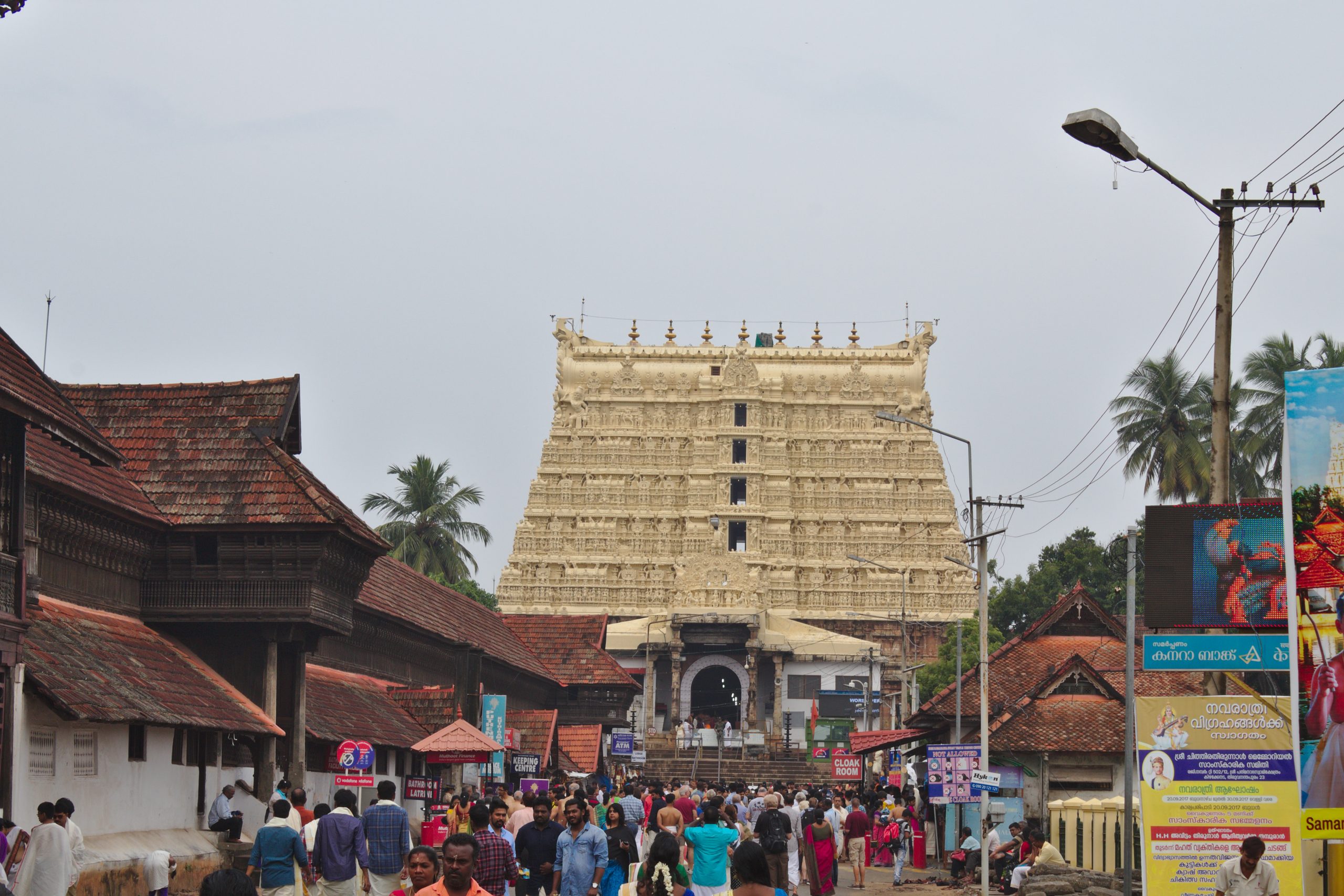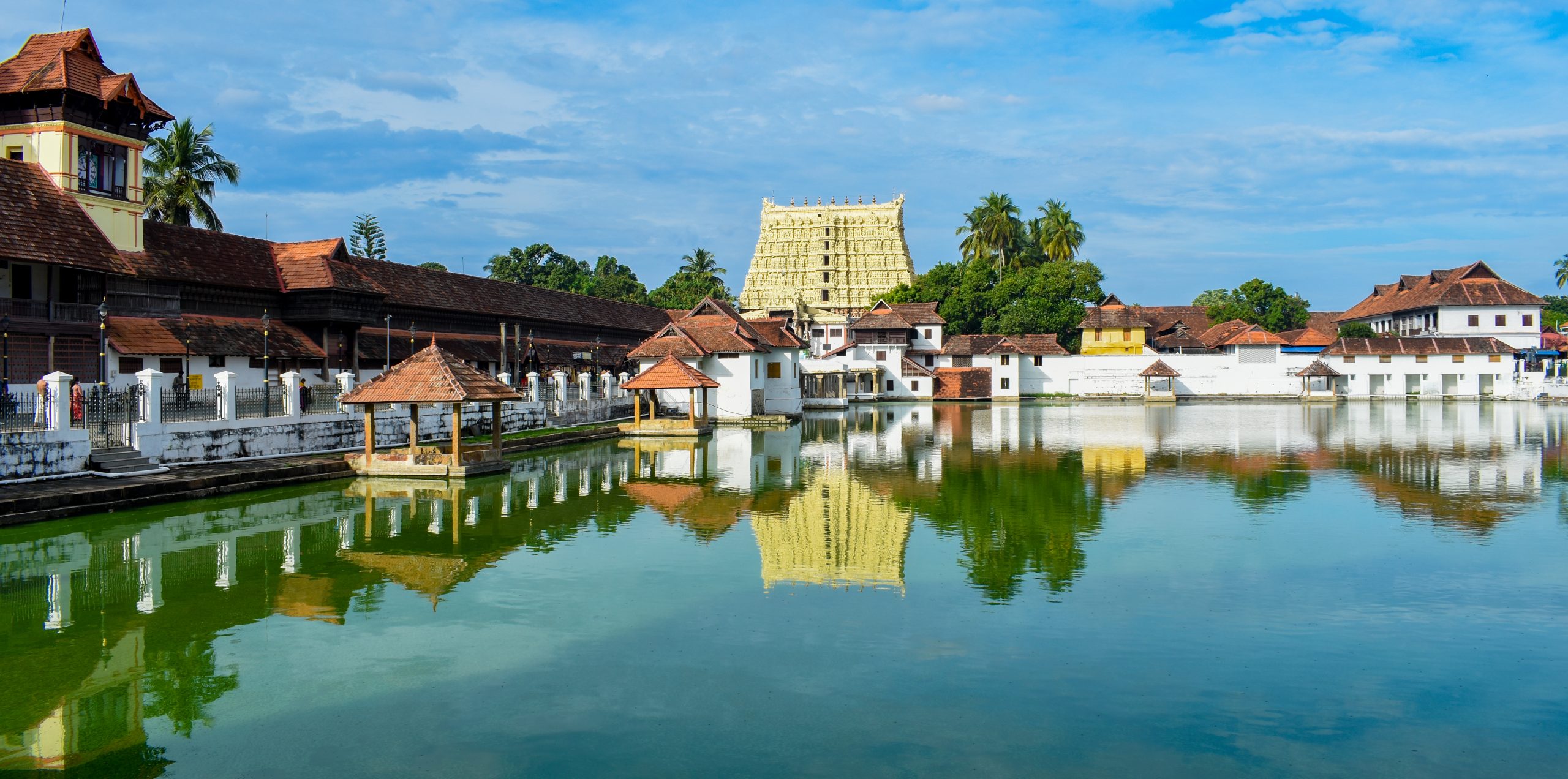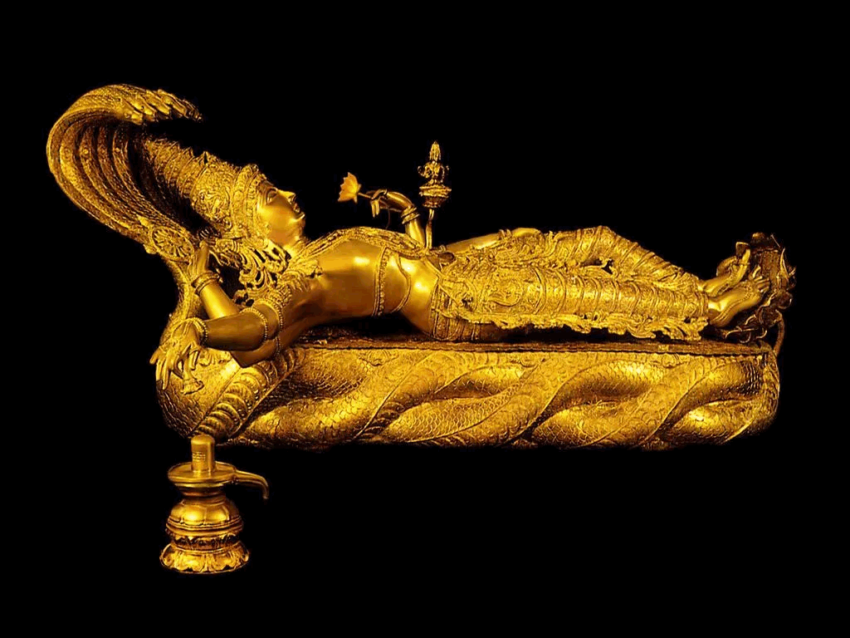The Enigmatic Wealth of Sree Padmanabhaswamy Temple
The discovery of the Sree Padmanabhaswamy Temple treasure in Thiruvananthapuram, Kerala, in 2011, has captivated historians, archaeologists, and treasure enthusiasts worldwide. This treasure, comprising an astonishing array of gold, precious stones, and artifacts, is not only a testament to the temple’s rich history but also to the centuries of devotion and offerings made to the deity, Lord Padmanabha.
Get your dose of History via Email
Historical Context and Discovery
The Padmanabhaswamy Temple, with its architectural grandeur and spiritual significance, has been a focal point of devotion for thousands of years. The temple’s treasure, discovered in several of its underground vaults, was unveiled to the public eye following a Supreme Court of India directive aimed at ensuring transparency in the temple’s administration. This directive led to the opening of five out of the six known vaults, revealing a treasure that has been described as the largest collection of gold and precious items in recorded history.

The Vaults and Their Contents
The temple’s subterranean vaults, designated A through H, have long been shrouded in mystery and legend. While vaults C, D, E, and F have been periodically opened for religious ceremonies, vault B has remained sealed since the 1880s, its contents a subject of intense speculation and intrigue. The opening of vault A revealed a staggering array of valuables, including gold idols, thrones, coins, and jewelry, pointing to the immense wealth accumulated over millennia.
Inventory and Valuation
The Supreme Court-appointed committee’s inventory process has shed light on the treasure’s vastness, with reports indicating the presence of items such as a solid gold idol of Mahavishnu, a golden throne, and numerous gold chains and coins dating back to various historical periods. This treasure not only highlights the temple’s historical and cultural significance but also raises questions about the origins of such wealth.
Source of the Treasure
The wealth accumulated in the Padmanabhaswamy Temple is believed to have been donated by devotees over thousands of years, including various South Indian dynasties and other rulers. Historical records and texts mention the temple and its deity, suggesting a long tradition of offerings made in gold and precious stones. The treasure includes artifacts from the Chera, Pandya, and even Greek and Roman periods, indicating the temple’s extensive connections and the wide-ranging origins of its wealth.
Implications and Future Prospects
The discovery of the Padmanabhaswamy Temple treasure has not only sparked interest in the temple’s history and the origins of its wealth but also raised questions about the management and future use of the treasure. The Supreme Court’s decision to allow the Travancore Royal Family to manage the temple’s affairs has been a significant development, emphasizing the need for careful preservation and documentation of this unparalleled treasure.

Conclusion
The Sree Padmanabhaswamy Temple treasure represents a remarkable chapter in the history of India and the world. It underscores the rich cultural and religious heritage of Kerala and the enduring devotion to Lord Padmanabha. As researchers and historians continue to study the treasure and its origins, the Padmanabhaswamy Temple remains a symbol of the timeless allure of hidden wealth and the mysteries that lie beneath the surface of our past.

